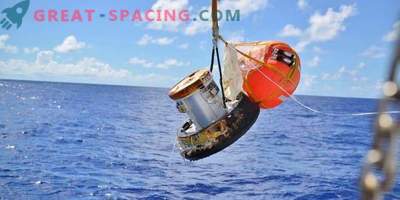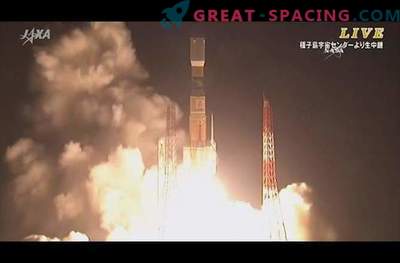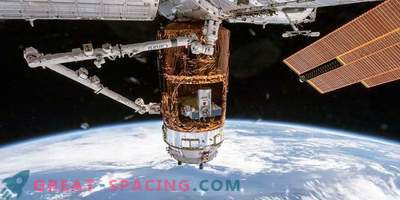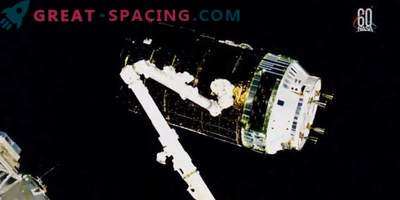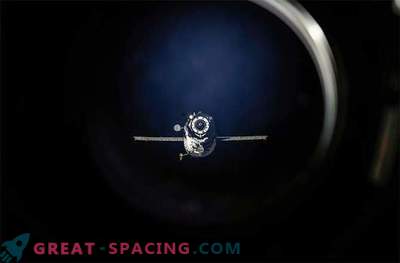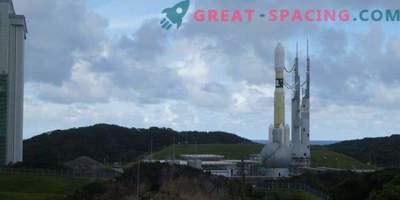
Japan will test a small HTV re-entry capsule (shown in the picture) to test payload recovery technology during the Kounotori7 missions on the ISS
A brand new Japanese re-entry capsule, designed to return experiments from space, is preparing for the first test flight after a trip to the ISS on board a robotic cargo ship.
The space capsule arrived at the station on September 27, along with 5 tons of other deliveries to Kounotori7 - the seventh supply ship, also referred to as the HTV-7. The small HSRC capsule was launched with the spacecraft on September 22 from the Tanegashima Space Center in southern Japan.
HSRC is intended for transportation of experimental samples to Earth with triple protection: with passive non-electric cooling, vacuum double-layer insulating container (thermos bottle) and heat storage (refrigerant).
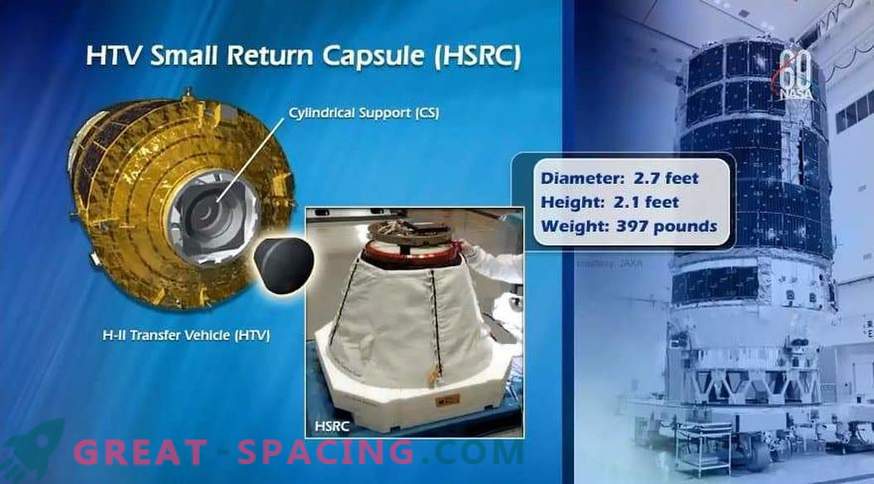
The NASA image indicates the location and size of the capsule on the cargo ship Kounotori7. This mechanism should test re-entry methods to deliver experiments with the ISS to Earth.
In order to prepare the capsule for sending to Earth, the astronauts living at the station first load the experimental samples into the container of the payload. Next, set the separation mechanism, which absorbs heat, affecting the parachute and the cylindrical structure.
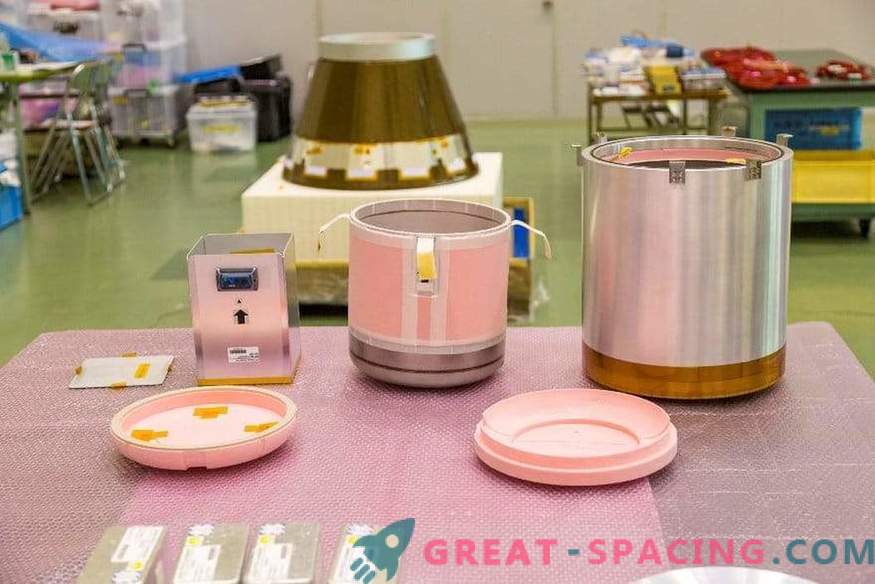
Configuration of HSRC Container and Payload
The cylindrical support is installed on the hatch at the entrance of the HTV-7 and ensures that the case remains airtight when disconnected from the transporting vehicle. When the HTV-7 detaches from the orbital station, the spacecraft will be braked to head for Earth. Representatives of the command center will control the descent of the HSRC, and the capsule will enter the earth's atmosphere with a parachute.
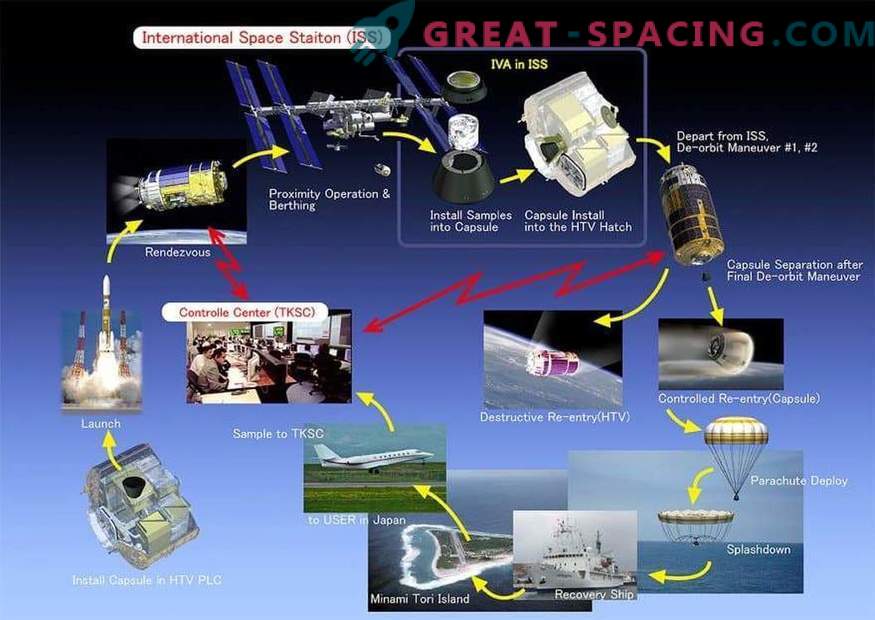
HSRC Conceptual Operations
The Kounotori7 payload also included food supplies for astronauts. We also sent several units for the space laboratory, experimental stands (two from the USA: Express Rack 9B and 10B) and also a life support installation from ESA, which will try to utilize carbon dioxide and water on the ISS.
The launch of Kounotori7 was originally planned to be held on September 15, but had to be postponed several times due to bad weather and problems with the rocket system.
